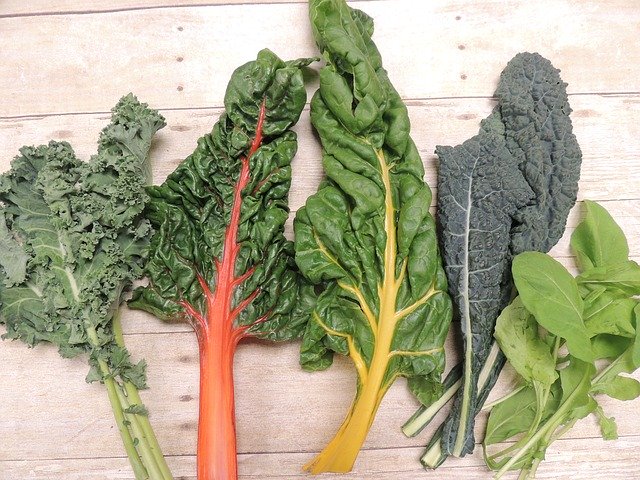Spinach’s cousins are being invited to more dinner tables these days. In the not-too-distant past, greens other than spinach were practically unknown outside the southern U.S. As research has shown the benefits of eating greens, however, their profile has been raised.
Cruciferous vegetables such as greens, broccoli, Brussels sprouts, cabbage, rutabagas and turnips are rich in antioxidants and phytochemicals, substances found in plants that may inhibit the growth of cancer. These vegetables also are high in fiber, vitamins and minerals.
Spinach, kale, okra and collard and mustard greens contain phytochemicals that appear to help ward off macular degeneration and decrease the risk of lung cancer.
Studies also have found that carotenoids in dark green leafy vegetables can inhibit the growth of certain types of breast cancer cells, skin cancer cells, lung cancer and stomach cancer. Other research indicates that the dietary folate found in leafy green vegetables is associated with lower risk of both colorectal adenomas (polyps that often progress into cancers) and colorectal cancer. Cruciferous vegetables also contain omega-3 fatty acids.
Kale, especially, stands out among cruciferous vegetables. A member of the cabbage family, kale has a mild, cabbage-like flavor that works well in many dishes. And its frilly leaves are visually appealing. While it grows in warm climates, kale does best in colder places. Northern Europeans have enjoyed nutrition-packed kale for centuries.
The frilly kale leaves are tinted blue and purple. There are also ornamental, non-edible varieties that come in deep purple and rich green.
When choosing kale, look for small bunches with deep colors and no yellow or limp leaves. Kale can be refrigerated for two to three days, after which the taste gets a bit strong for most people. The center stalk is tough and should be removed before cooking.
Kale can be substituted in any recipe for spinach. A little kale is good and looks pretty in a green salad. A stir-fry of kale and carrots is an attractive, colorful dish with a hearty nutritional punch.
Stir-fried Kale with Slivered Carrots
Makes 2 cups, 4 servings.
Ingredients
- 1/3 pound thinly sliced fresh kale leaves (4 packed cups)
- 2 tsp. canola oil
- 1 cup julienned carrots (see note)
- 1-2 garlic cloves, minced
- 1 tsp. ground coriander
- Salt and freshly ground black pepper, to taste
- Pinch cayenne pepper, optional
Directions
- Rinse kale and remove stems, including large stem running through center of each leaf. Place a few leaves on top of each other and cut into thin strips. Repeat until all kale is cut. Add kale to pot of boiling water and boil, uncovered, 10 minutes. Drain and set aside.
- In large skillet, heat oil over medium heat. Add carrots and sauté 2 minutes. Add garlic and sauté 1 more minute. Add coriander, salt and pepper (to taste) and cayenne, if using.
- Cook 15 seconds. Add kale and cook 1-2 minutes.
Note: Julienne means to cut into very thin, matchstick strips.
Nutritional Information Per Serving:
53 calories
3 g. total fat
0 g. saturated fat
7 g. carbohydrate
2 g. protein
2 g. dietary fiber
37 mg. sodium
Diabetic Exchanges: 1 Vegetable, 1/2 Fat
Source: AICR












